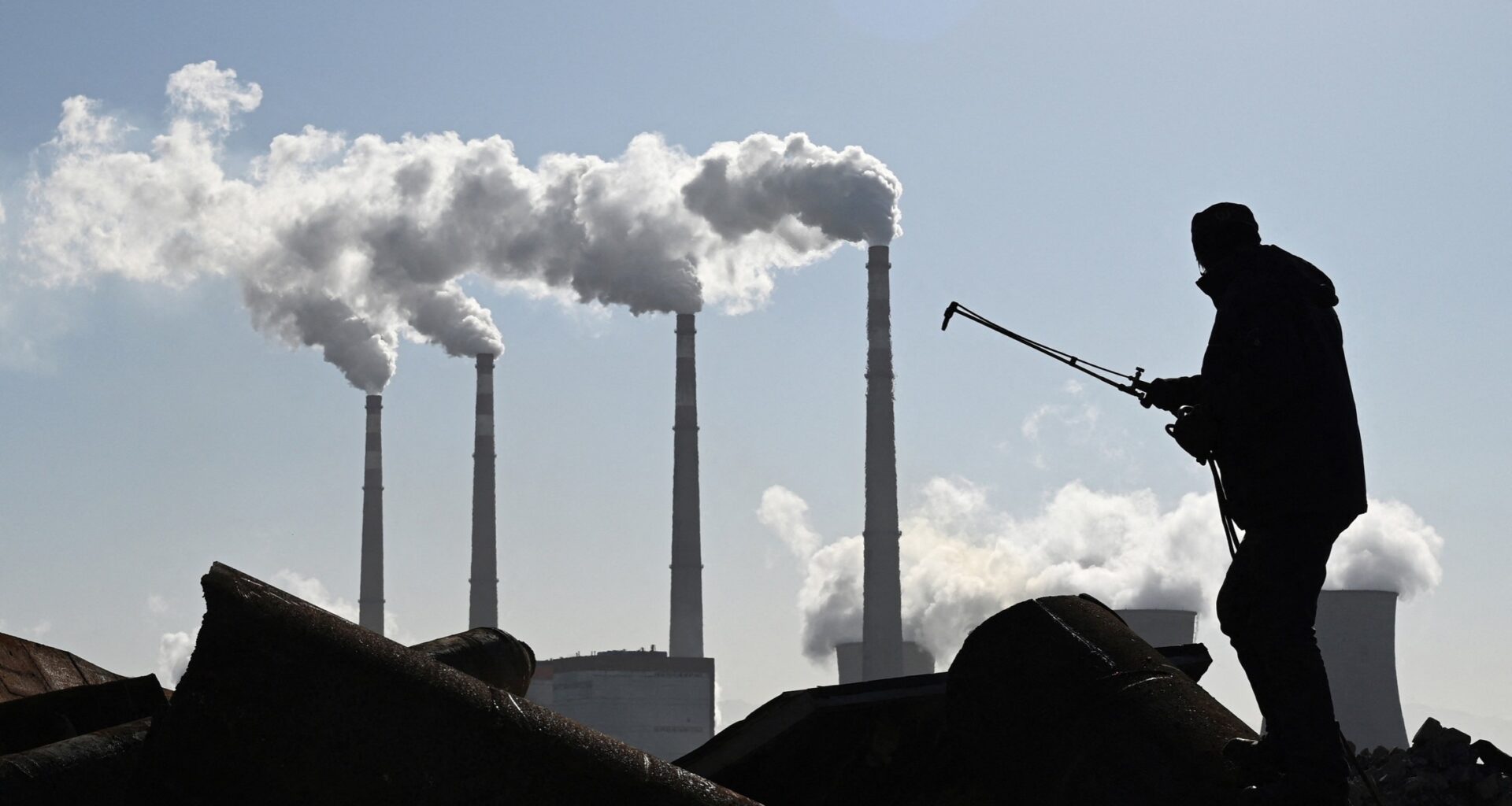Joseph Curtin is vice-president of energy transition at the Rockefeller Foundation
Financing the early retirement of coal-fired power plants in Asia would be true EU climate leadership
EU leaders prepare to head to COP30 facing a familiar challenge — the bloc has delivered some of the world’s most ambitious climate policies, yet global emissions continue to rise, driven largely by coal power in emerging economies.
The EU produces 6 per cent of global climate-warming pollution; coal plants in Asia generate around three times as much. Transition credits, a new type of carbon credit designed to finance the early retirement of coal-fired power plants, are one of the tools that can cut this pollution at source, while strengthening climate ambition in bloc and globally.
These credits can also help safeguard European industry, creating the political space to secure tougher targets such as the 2040 90 per cent emissions reduction currently under negotiation.
The EU has led the world on climate action for two decades, but leadership built on domestic perfectionism is reaching its limits. Pollution beyond the bloc’s borders keeps rising, while competitiveness weakens at home. The question is not whether the EU leads, but whether others are following.
The EU’s competitiveness will suffer if carbon prices keep rising while others stand still. Its old theory of change, “lead and others will follow”, needs stress-testing against today’s politics and industrial realities.
The EU has led the world on climate action for two decades, but leadership built on domestic perfectionism is reaching its limits
The European Commission’s recent proposal to allow limited use of international credits after 2035 for the non-emissions trading system portion of the EU’s climate target, is a positive step towards recognising this new reality, but it is too slow and incomplete.
Allowing for co-operation only after 2035 ignores the urgent need to channel finance into real emissions reductions in the coming decade. And by excluding the EU ETS, the proposal does nothing to relieve competitiveness pressures or to link the ETS to high-integrity international co-operation.
Real and permanent reductions
Transition credits provide a way to change this.
The logic is straightforward. If a coal plant in the Philippines or Indonesia with a long-term contract can be shut years early and replaced with renewables, in a manner that meets the needs of vulnerable local communities, the reduction is real and permanent.
The EU can help finance that shift and count a portion of the emissions reductions towards its own goals under the Paris Agreement. Pollution falls where it is still rising, European industries stay viable, and ambition rises rather than stalls.
If the bloc counts only half of each tonne reduced overseas towards its own target, domestic cuts continue while co-operation unlocks additional reductions.
Allowing up to 10 per cent crediting in the 2030s could finance around 1bn tonnes a year of real emissions cuts, roughly half of which would be pure additional global reductions.
Flexibility becomes a driver of deeper ambition, not a loophole.
But the true impact would be far larger. I have seen from working on coal in emerging markets how modest concessional capital has the power to trigger system-wide shifts, tipping entire power sectors away from coal extension and into rapid clean build-out.
Furthermore, clean energy investments in emerging markets deliver the steepest and cheapest cuts on the planet. Each euro spent can reduce several times more pollution than the same euro invested within the bloc.
High-integrity co-operation
Some countries are already moving. Singapore is building a pathway for transition-credit approval aligned with strong integrity standards.
The EU could go further, and so could allies, including the UK, Canada, Japan, Australia, Norway, South Korea and Switzerland.
Working together these countries could channel billions into early coal retirement and clean power build-out in the places that matter most.
Now is the moment for the EU to use the ETS not just to price emissions, but to finance their permanent reduction where it matters most
Policymakers who still treat crediting as taboo are guided by memories of weaker markets more than a decade ago. That caution was once understandable. Today it is outdated.
High-integrity co-operation already has a governance home. Under the Paris Agreement, integrity systems have been fundamentally overhauled, with strict rules on additionality, double counting and sustainable development benefits.
The EU should decide precisely which methodologies, which host countries, and which projects are eligible, just as Singapore is doing through whitelisting.
This turns crediting into a tool not only for climate integrity, but for the EU’s strategic interests and partnerships.
Commission president Ursula von der Leyen has said the world has changed and that the bloc needs more flexibility and pragmatism. EU climate commissioner Wopke Hoekstra has said climate action must safeguard competitiveness and credibility.
Transition credits answer both calls.
Now is the moment for the EU to use the ETS not just to price emissions, but to finance their permanent reduction where it matters most. Otherwise, it is simply perfecting its carbon accounting while the world burns.
